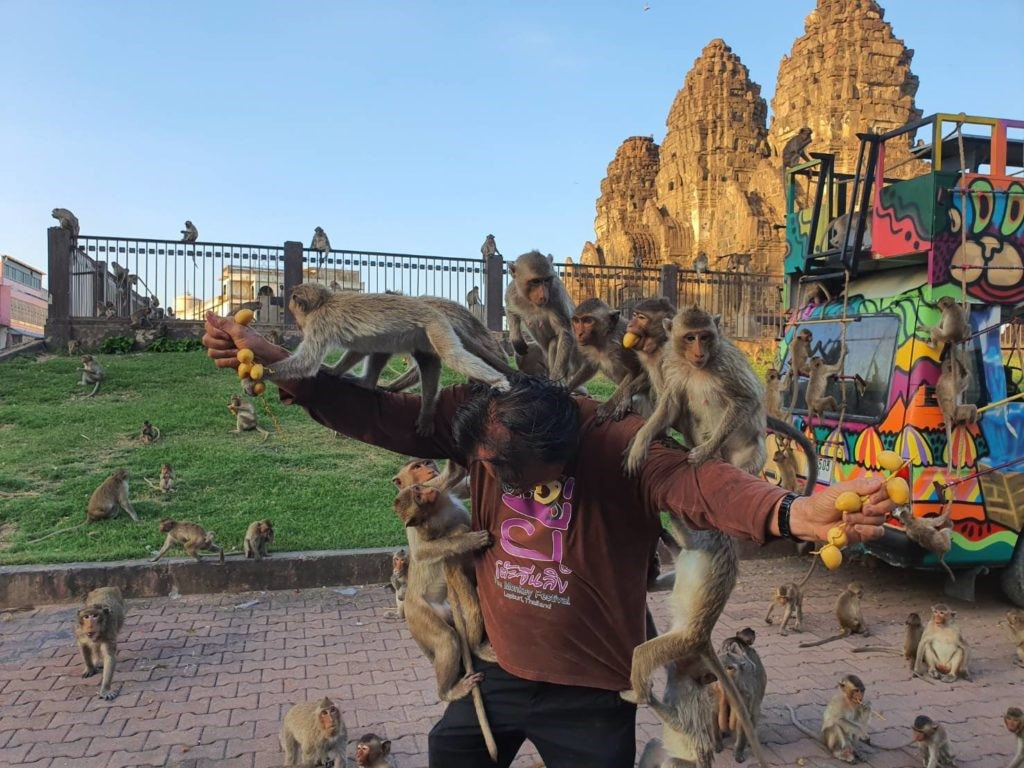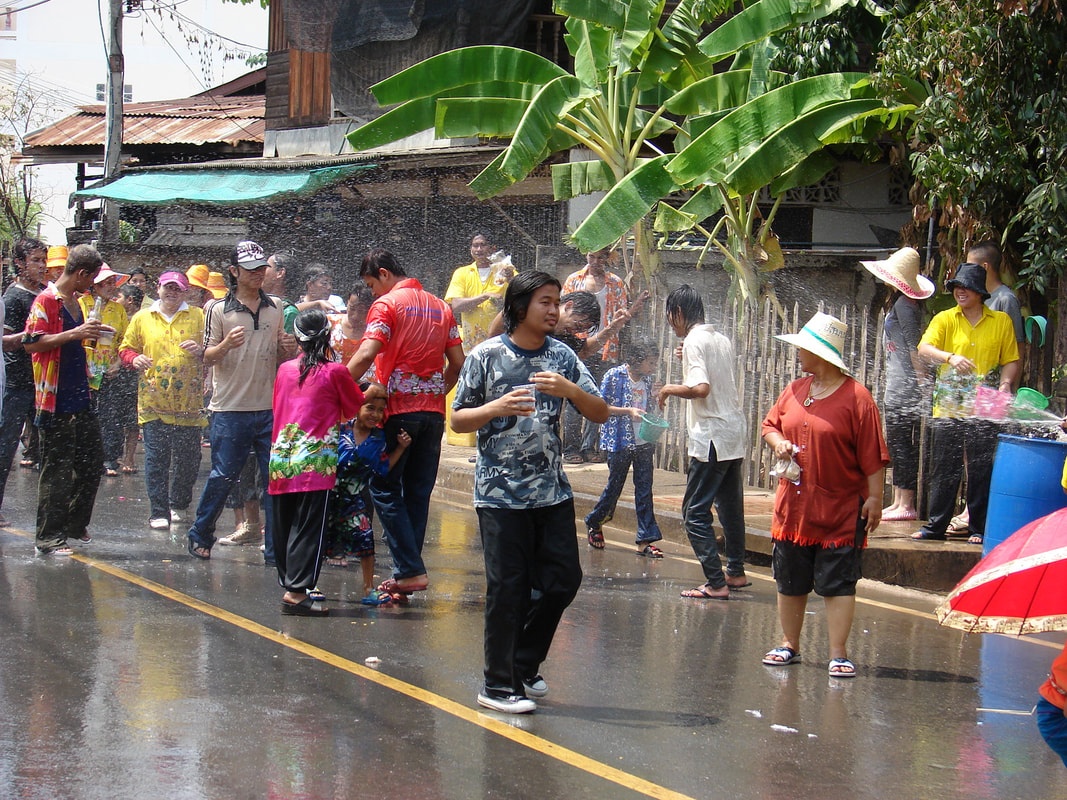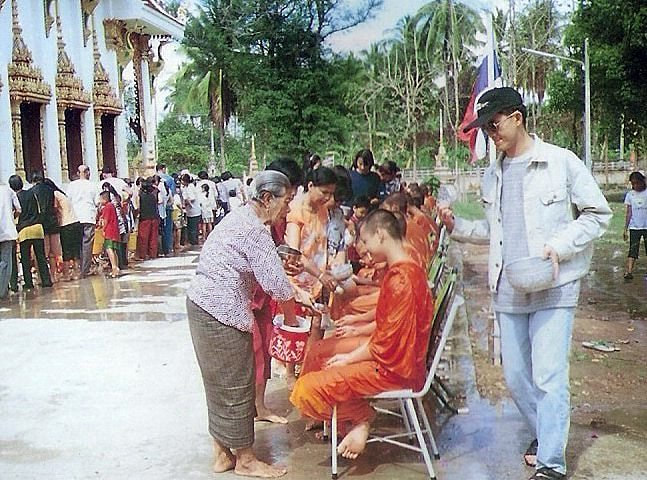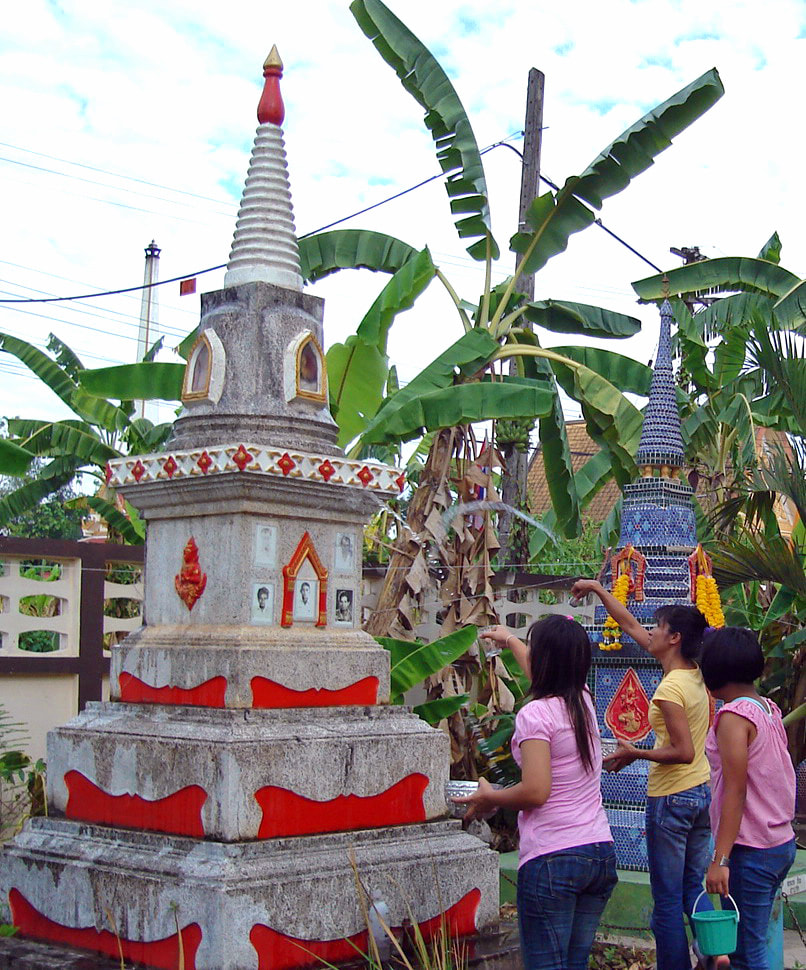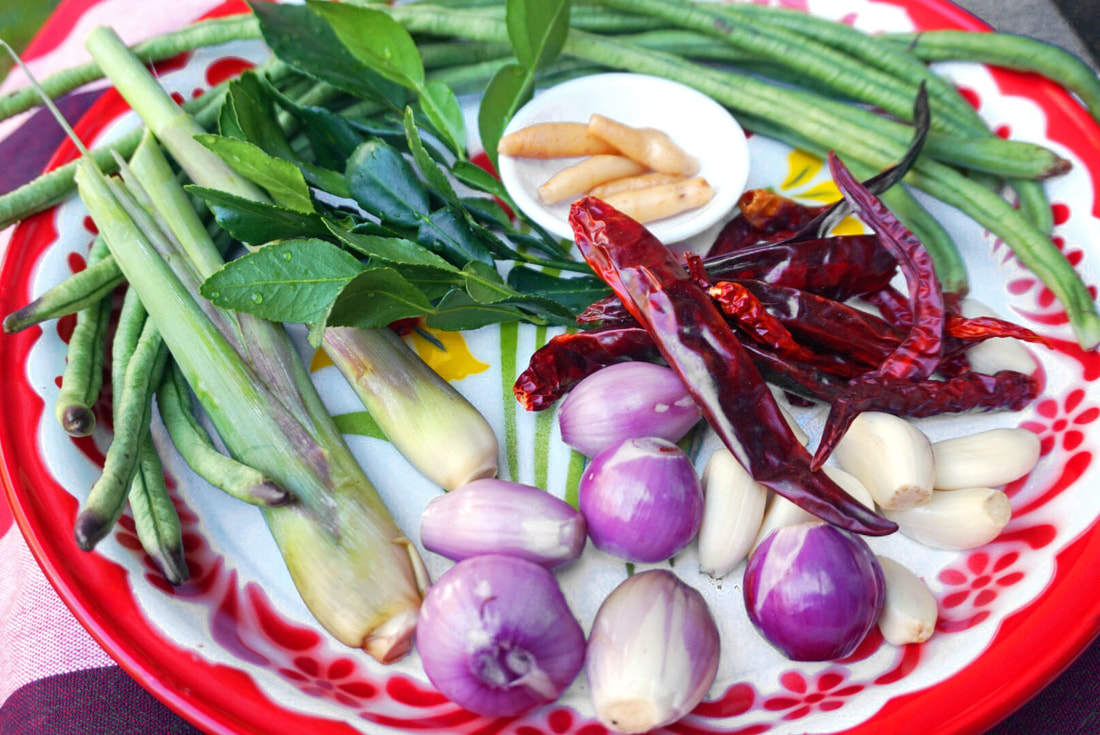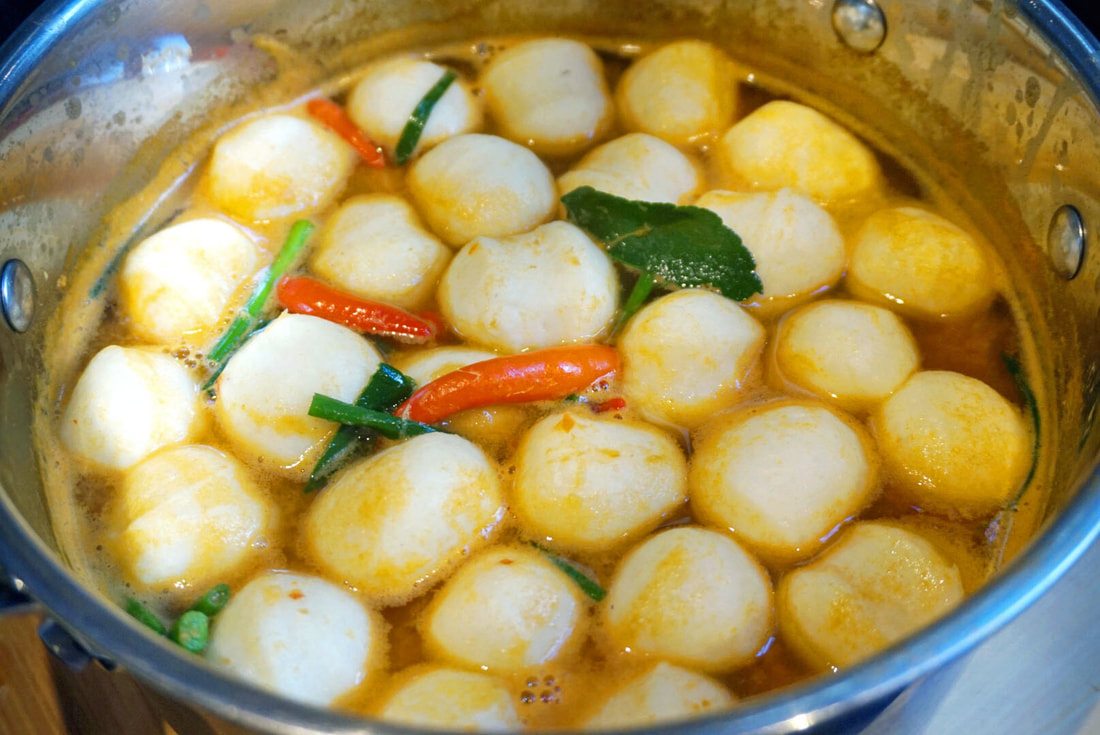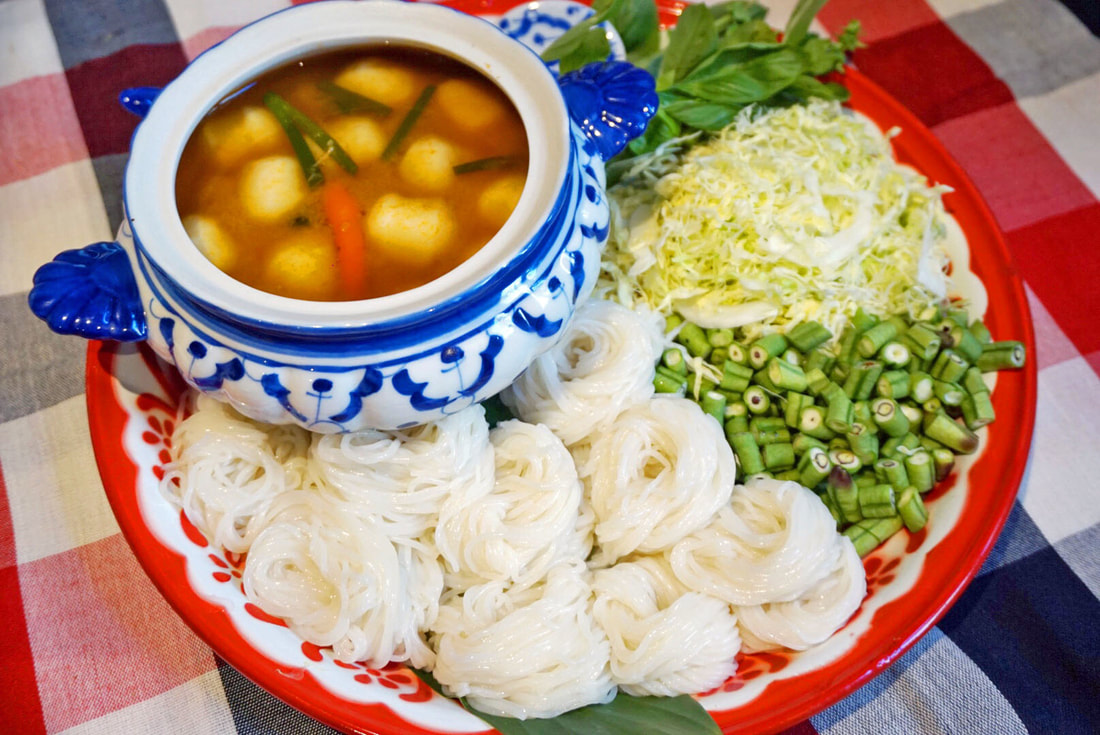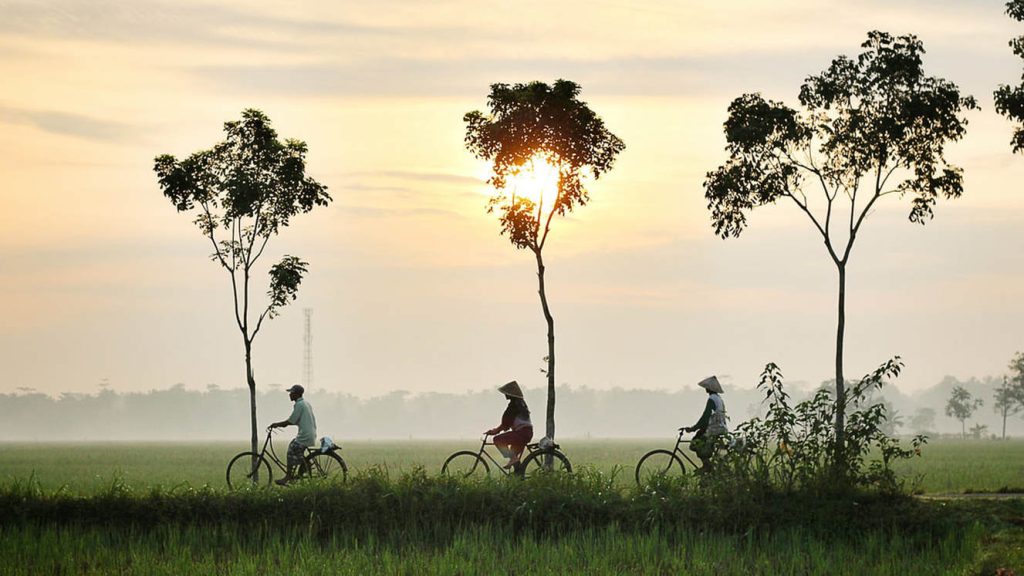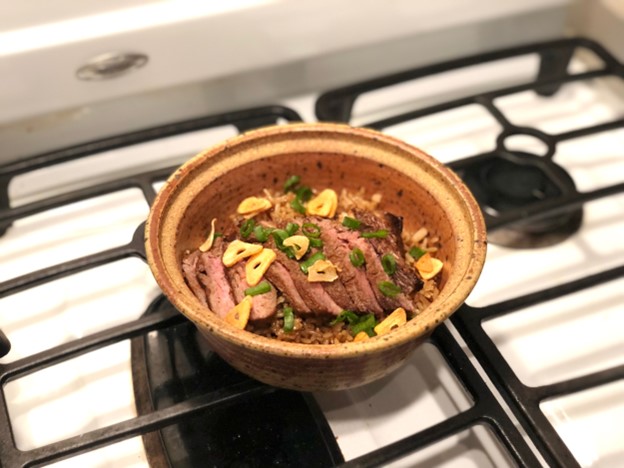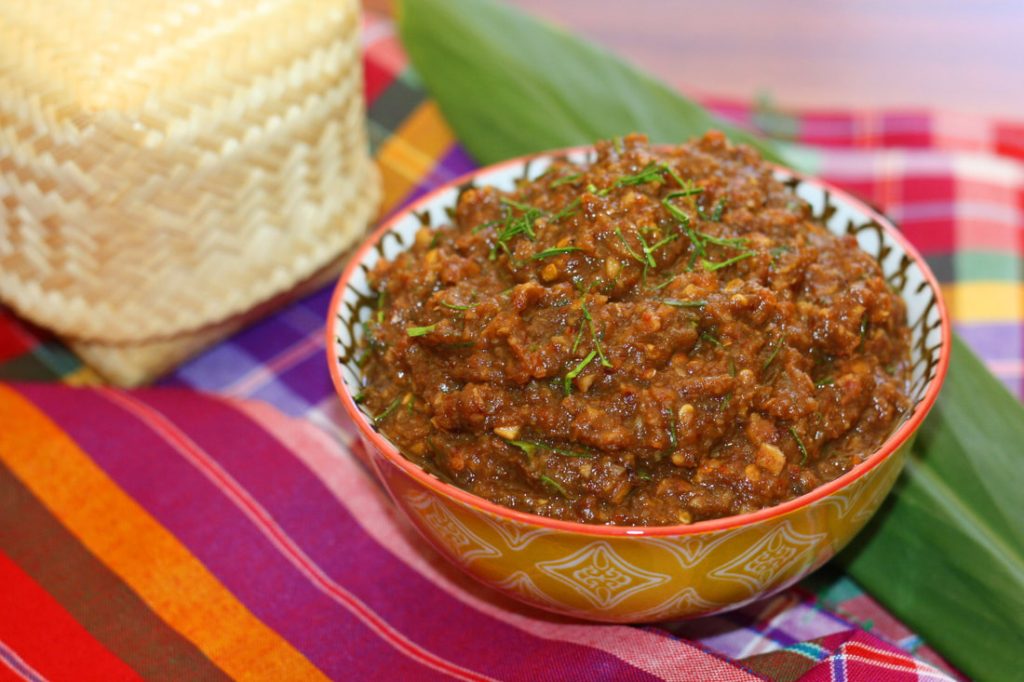Sawadee pee mai! Happy Songkran! Charinya of @charinyas_kitchen makes a family favourite kanom jeen namya for the Thai new year!
The Songkran celebration season is the best time for family and friends to come together and enjoy the food. Each house will prepare special food not just for their family members but also to give to the temple or just in case they have some visitors… One of my family favourites is “Kanom Jeen Namya” which is rice vermicelli noodles with fish curry. There are different varieties of Kanom jeen namya, but today I’m going to show you North-eastern style – Charinya of @charinyas_kitchen
“Sa wad dee pee mai” a Thai greeting meaning “Happy New Year”. Today I want to introduce you to the most interesting and special event on the Thai cultural calendar, Songkran, which is the Thai New Year festival. The word Songkran comes from the
Sanskrit word
saṃkrānti literally “astrological passage”, meaning transformation or change. It coincides with the rising of Aries on the astrological chart and with the New Year of many calendars of South and
Southeast Asia, in keeping with the
Buddhist/
Hindu solar calendar.
The period of Songkran between 13-15 April is a special holiday like Christmas in western countries, and no Thai wants to miss being part of the event. That’s why even Thais located in foreign countries have special community events to mark the occasion, including Australia. For most Thais however the event involves travelling back to their hometowns.
Most foreigners see Songkran as a water fight
|
The real meaning behind the splashes is to symbolically wash off all misfortunes in the past year
|
Most foreigners see Songkran as a water festival or water fight, however the real meaning behind the splashes is to symbolically wash off all misfortunes in the past year, thus welcoming the New Year with a new start. Songkran incorporates events such as making merit at the temple then paying respect by cleaning the cemetery of their ancestors, or paying respect to the elderly and receiving a blessing. Some places even have a Miss Songkran beauty pageant.
Cleaning the cemetery of their ancestor
Now let’s talk about food. As I always say about Thai people, food has a role in every occasion and Songkran is no exception. The Songkran celebration season is the best time for family and friends to come together and enjoy the food. Each house will prepare special food not just for their family members but also to give to the temple or just in case they have some visitors.
One of my family favourites is “kanom jeen namya” which is rice vermicelli noodles with fish curry. There are different varieties of Kanom jeen namya, but today I’m going to show you North-eastern style.
Ingredients
10 g big dried chilli
5 g small dried chilli
30 g garlic
80 g shallots
30 g lemongrass
30 g finger roots
150 g fish (I used barramundi today, but mackerel is a more original protein)
400 g fish balls
5 kafir lime leaves
2 litres water
10 fresh chilli
1/4 cup spring onion
Dried rice vermicelli noodles
Fish sauce, to taste
Fermented fish sauce (I used a cube product)
Variety of fresh vegetables to serve, such as cucumber, long been, cabbage and picked mustard
Method
1. Bring a pot of water to boil and add ingredients dried chilli, garlic, shallots, lemongrass, and finger roots. Boil for around 10 minutes then add the fish and keep cooking for another 10 mins.
2. Remove all the boiled ingredients and retain the water.
3. Use a food processor to process all the boiled ingredients until smooth.
4. Add the smooth ingredients from step 3. to the pot and bring back to boil.
5. Seasoning with fermented fish sauce and fish sauce.
6. Add fresh chilli and fish balls.
7. Add kafir lime leaves and spring onion then you are done with the curry.
8. Boil the dried rice vermicelli noodles direct from the package.
Serve the noodles with the curry alongside with vegetables. Enjoy the dish with your friends and family. Happy cooking!
